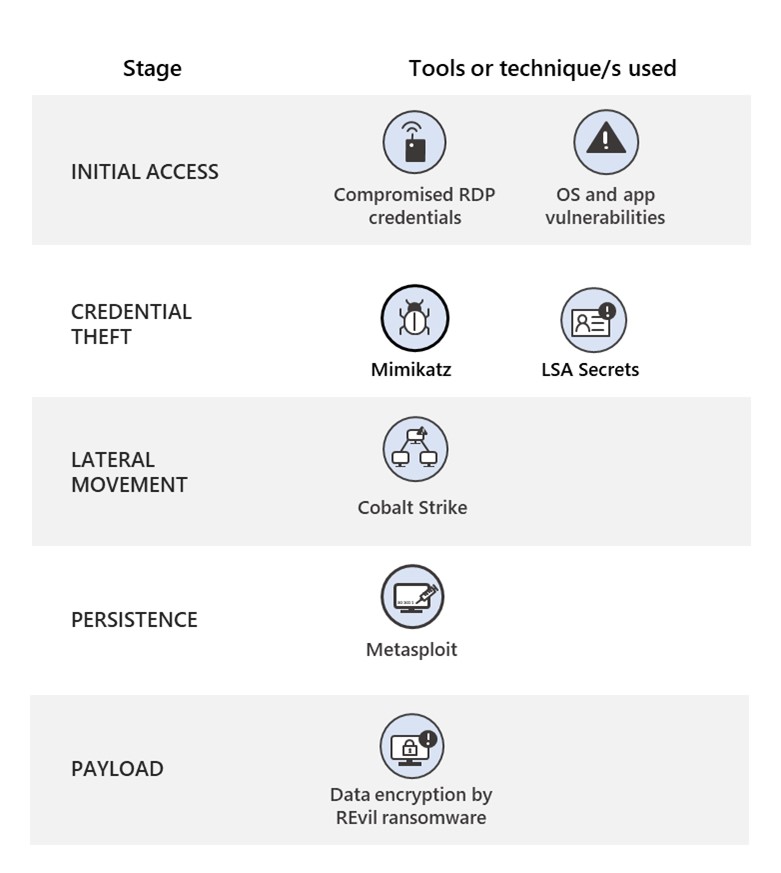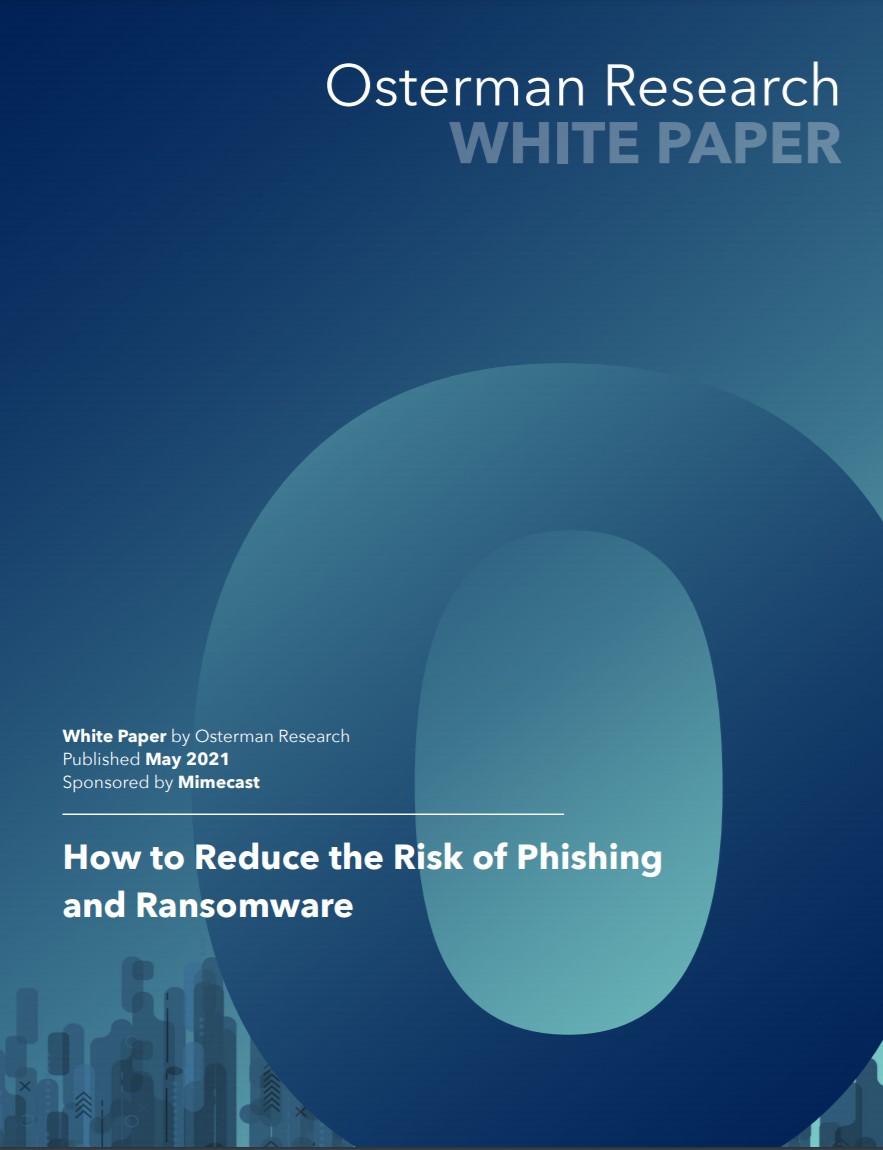Microsoft launches Secured-core servers to combat ransomware
Previously debuting on Windows PCs in 2019, the Secured-core initiative has reached servers in a bid to better protect infrastructure from cyber attacks like ransomware


Microsoft has expanded its Secured-core PC initiative to its server products in a bid to combat ransomware attacks on infrastructure.
Secured-core will now be expanded to reach Windows Server, Microsoft Azure Stack HCI, and Azure-certified IoT devices.
Businesses can search for Secured-core servers in the Azure Stack HCI and Windows Server online catalogues. There are currently four all-HPE products that run Azure Stack HCI and 42 options from a variety of vendors that meet the Windows Server spec.
All servers come “fully equipped with industry-leading security mitigations built into the hardware, firmware, and the operating system to help thwart some of the most advanced attack vectors,” Microsoft said.
Secured-core servers are built around three distinct security pillars:
- To protect the server infrastructure with a hardware-based root of trust
- To defend sensitive workloads against firmware-level attacks
- To prevent access and the execution of unverified code on the systems
“Partnering with leading original equipment manufacturers (OEMs) and silicon vendors, Secured-core servers use industry-standard hardware-based root of trust coupled with security capabilities built into today’s modern central processing units (CPUs),” said Microsoft in a blog post.
“Secured-core servers use the Trusted Platform Module 2.0 and Secure boot to ensure that only trusted components load in the boot path.”
Sign up today and you will receive a free copy of our Future Focus 2025 report - the leading guidance on AI, cybersecurity and other IT challenges as per 700+ senior executives
It’s thought the new hardware will help tackle specific parts of ransomware attacks and help detect intrusions earlier, with the hope that attacks can be mitigated before any real damage is done.
Microsoft used a typical REvil ransomware kill chain as an example. REvil was one of the most prolific ransomware gangs of 2021 before it shuttered following a string of arrests of alleged REvil associates.

Using the kill chain used by REvil on Kaseya earlier this year, Microsoft explained that certain features in Secured-core servers like Hypervisor-protected Code Integrity (HVCI) can block drivers that tamper with the kernel, like with Mimikatz, via a code integrity security policy.
By preventing credential theft, an early stage of the ransomware kill chain, Microsoft said Secured-core server can make it very difficult for attackers to move laterally around a potential victim’s network.
RELATED RESOURCE

How to reduce the risk of phishing and ransomware
Top security concerns and tips for mitigation
“Continuing to raise the security bar for critical infrastructure against attackers makes it easier for organisations to meet that higher bar, which is an important priority for both customers and Microsoft,” said Microsoft.
“Successfully protecting systems requires a holistic approach that builds security from the chip to the cloud across hardware, firmware, and the operating system.”
Microsoft debuted the Secured-core initiative in 2019 on Windows PCs which saw computers ship with enhanced security measures at the hardware level.
The machines were designed for business use, with the financial services and healthcare industries targeted specifically, as well as anyone working in a high-value-data role such as in government.

Connor Jones has been at the forefront of global cyber security news coverage for the past few years, breaking developments on major stories such as LockBit’s ransomware attack on Royal Mail International, and many others. He has also made sporadic appearances on the ITPro Podcast discussing topics from home desk setups all the way to hacking systems using prosthetic limbs. He has a master’s degree in Magazine Journalism from the University of Sheffield, and has previously written for the likes of Red Bull Esports and UNILAD tech during his career that started in 2015.
-
 How SMBs can DIY their IT implementation and support
How SMBs can DIY their IT implementation and supportFeature For some small and medium-sized businesses, the third-party expertise and support might be out of reach. What’s the alternative?
-
 What the fragmentation of UC means for the channel
What the fragmentation of UC means for the channelIndustry Insights If communications are becoming fragmented, what does that mean for MSPs and VARs?
-
 15-year-old revealed as key player in Scattered LAPSUS$ Hunters
15-year-old revealed as key player in Scattered LAPSUS$ HuntersNews 'Rey' says he's trying to leave Scattered LAPSUS$ Hunters and is prepared to cooperate with law enforcement
-
 The Scattered Lapsus$ Hunters group is targeting Zendesk customers – here’s what you need to know
The Scattered Lapsus$ Hunters group is targeting Zendesk customers – here’s what you need to knowNews The group appears to be infecting support and help-desk personnel with remote access trojans and other forms of malware
-
 Impact of Asahi cyber attack laid bare as company confirms 1.5 million customers exposed
Impact of Asahi cyber attack laid bare as company confirms 1.5 million customers exposedNews No ransom has been paid, said president and group CEO Atsushi Katsuki, and the company is restoring its systems
-
 The US, UK, and Australia just imposed sanctions on a Russian cyber crime group – 'we are exposing their dark networks and going after those responsible'
The US, UK, and Australia just imposed sanctions on a Russian cyber crime group – 'we are exposing their dark networks and going after those responsible'News Media Land offers 'bulletproof' hosting services used for ransomware and DDoS attacks around the world
-
 A notorious ransomware group is spreading fake Microsoft Teams ads to snare victims
A notorious ransomware group is spreading fake Microsoft Teams ads to snare victimsNews The Rhysida ransomware group is leveraging Trusted Signing from Microsoft to lend plausibility to its activities
-
 CISA issues alert after botched Windows Server patch exposes critical flaw
CISA issues alert after botched Windows Server patch exposes critical flawNews A critical remote code execution flaw in Windows Server is being exploited in the wild, despite a previous 'fix'
-
 Volkswagen confirms security ‘incident’ amid ransomware breach claims
Volkswagen confirms security ‘incident’ amid ransomware breach claimsNews Volkswagen has confirmed a security "incident" has occurred, but insists no IT systems have been compromised.
-
 The number of ransomware groups rockets as new, smaller players emerge
The number of ransomware groups rockets as new, smaller players emergeNews The good news is that the number of victims remains steady